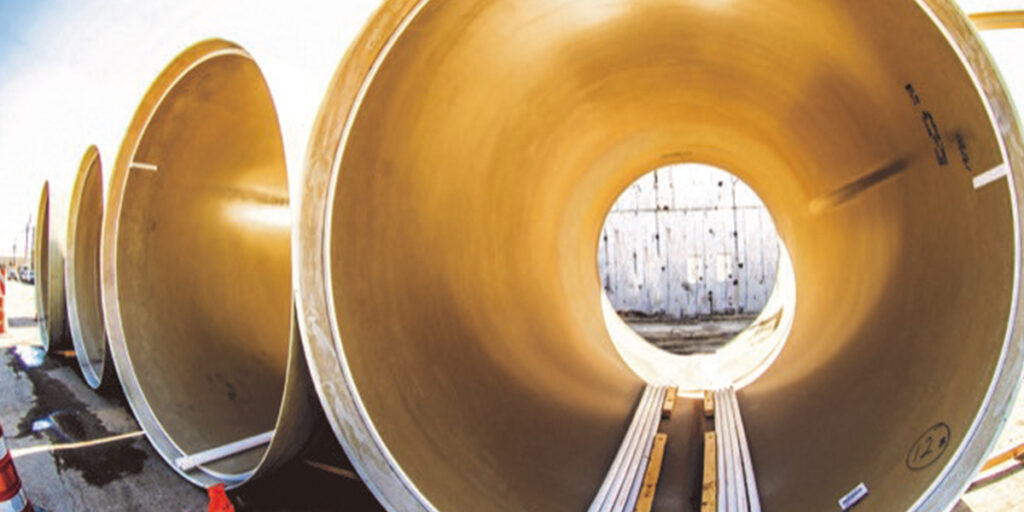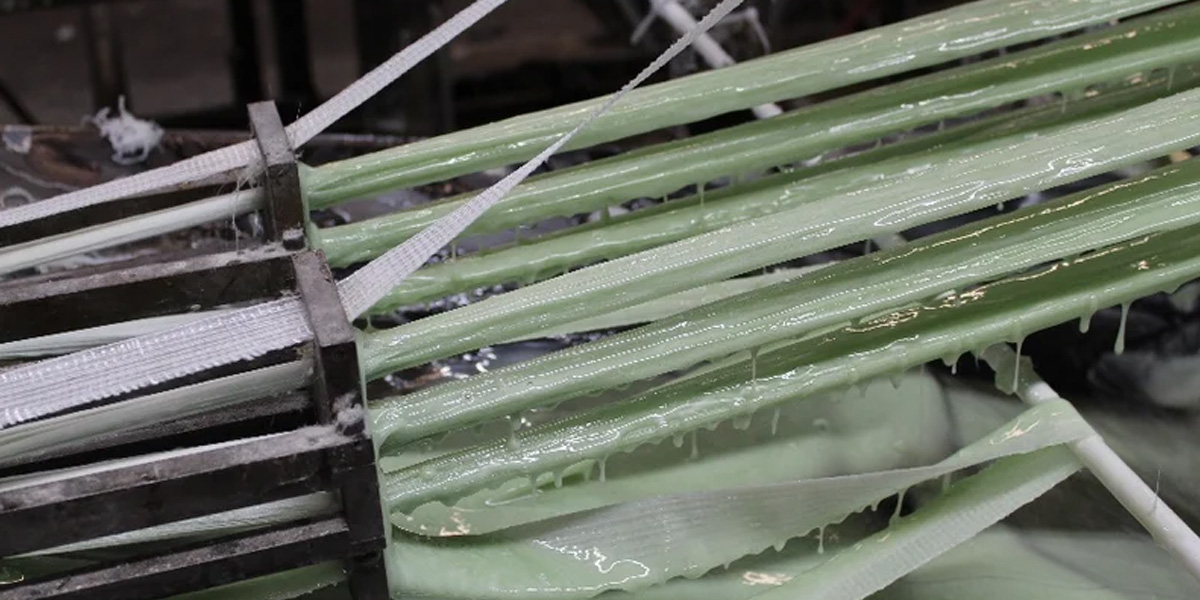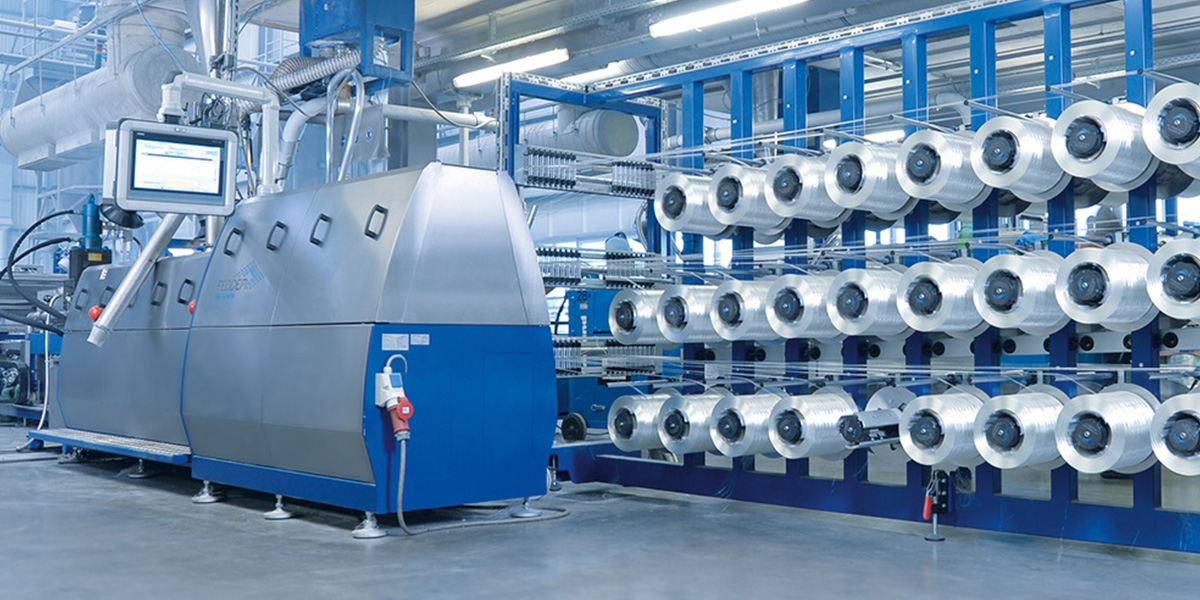What is Centrifugal Casting?

Centrifugal casting is a metal casting process that uses centrifugal force to fill a mold with molten metal. The process is also known as spin casting or rotocasting.
How does Centrifugal Casting Work?
The centrifugal casting process involves the following steps:
- Mold preparation: A cylindrical mold is prepared and coated with a release agent to prevent the casting from sticking to it.
- Melting and pouring: Molten metal is poured into the spinning mold, which is rotating at a high speed (typically between 500 to 3,000 rpm).
- Centrifugal force: The centrifugal force created by the spinning mold pushes the molten metal towards the outer walls of the mold, filling it evenly.
- Solidification: The molten metal solidifies as it cools, forming a casting with a dense, uniform structure.
- Removal from mold: Once the casting has solidified, it is removed from the mold and excess material is trimmed away.
Advantages of Centrifugal Casting
- High-quality castings: Centrifugal casting produces castings with a high density and uniform structure, making them suitable for demanding applications.
- Low porosity: The centrifugal force helps to eliminate porosity and gas bubbles in the casting.
- Good surface finish: The process produces castings with a smooth, even surface finish.
- High production rates: Centrifugal casting is a fast process, allowing for high production rates.
- Low labor costs: The process is relatively automated, reducing labor costs.
Applications of Centrifugal Casting
- Pipe and tube production: Centrifugal casting is commonly used to produce pipes and tubes for various industries, including oil and gas, chemical processing, and power generation.
- Bearings and bushings: The process is used to produce bearings and bushings for heavy machinery and equipment.
- Aerospace components: Centrifugal casting is used to produce components for the aerospace industry, such as turbine blades and engine components.
- Automotive parts: The process is used to produce automotive parts, such as cylinder liners and engine components.
Limitations of Centrifugal Casting
- Limited shape complexity: The process is best suited for producing cylindrical or symmetrical shapes.
- Size limitations: The size of the casting is limited by the size of the mold and the centrifugal casting machine.
- Material limitations: Not all metals can be cast using the centrifugal casting process.
Overall, centrifugal casting is a versatile process that offers many advantages, including high-quality castings, low porosity, and good surface finish. However, it may not be suitable for producing complex shapes or large castings.


